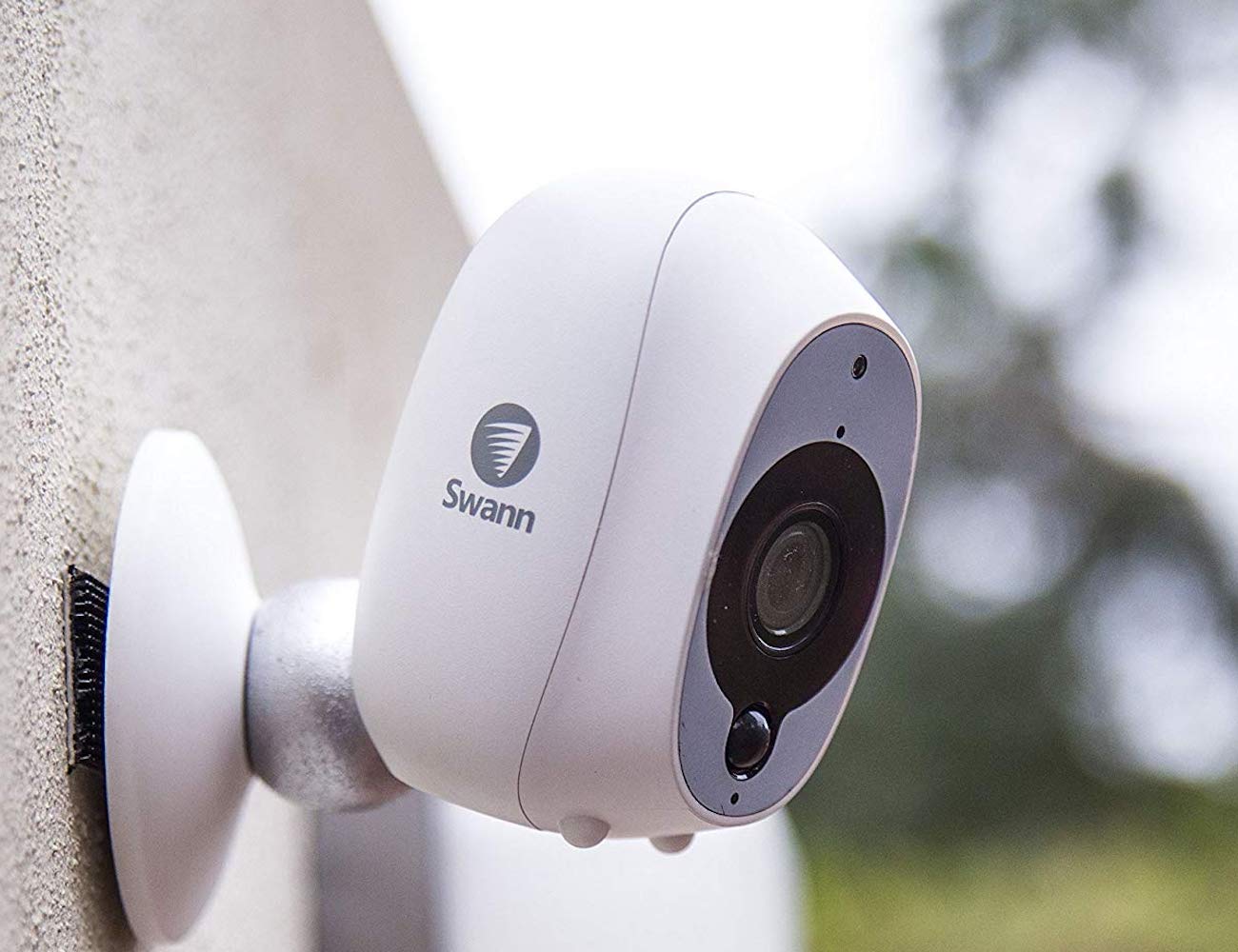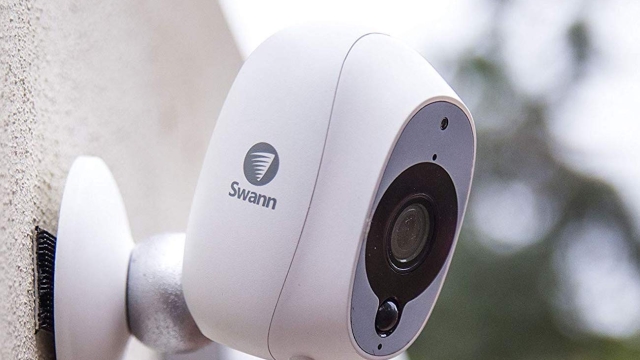
In today’s world, the presence of security cameras has become a common sight, serving as sentinels that watch over our homes, businesses, and public spaces. As technology advances, these devices have evolved from simple surveillance tools into sophisticated systems that enhance safety and provide peace of mind. Whether it is monitoring the entrance of a private residence or ensuring the security of a bustling retail environment, security cameras play a crucial role in deterring crime and protecting people.
The importance of security cameras cannot be overstated. They offer a layer of protection that allows individuals and communities to feel safer in their daily lives. Beyond their obvious role in crime prevention, these cameras gather valuable evidence that can aid law enforcement in investigations, thereby contributing to a safer environment for everyone. As we explore the various ways security cameras safeguard our world, it becomes clear that they are more than just devices; they are a fundamental component of modern security strategies.
The Evolution of Security Cameras
The journey of security cameras began in the mid-20th century, when the first closed-circuit television (CCTV) systems were developed. Initially designed for military and governmental use, these early cameras were bulky and often limited in function. They captured footage primarily for surveillance purposes, allowing for the monitoring of specific areas without the need for a human observer. During this era, the technology was expensive and not accessible to the general public, making it a tool mainly for law enforcement and large corporations.
As technology advanced, so did the capabilities and affordability of security cameras. The 1980s and 1990s saw a surge in consumer interest as manufacturers began producing smaller, more efficient cameras. The introduction of VCRs allowed businesses and homeowners to record footage easily, leading to a significant increase in the installation of security systems in residential areas. With the rise of digital technology, the transition from analog to digital systems transformed the way security cameras operated, providing higher quality images and improved storage solutions.
In the 21st century, the evolution of security cameras has reached new heights with the advent of internet connectivity and smart technology. Modern security cameras are equipped with features such as remote access, motion detection, and cloud storage, making it easier than ever to monitor properties from anywhere in the world. The integration of artificial intelligence enables real-time alerts and facial recognition capabilities, enhancing overall security. Today, security cameras play a crucial role in safeguarding homes and businesses, adapting to our ever-changing security needs.
Benefits of Surveillance in Safety
The presence of security cameras significantly enhances safety in both public and private spaces. They act as a deterrent to potential criminals, as the likelihood of being recorded can discourage unlawful behavior. Increased visibility provided by surveillance systems can lead to a reduction in vandalism, theft, and violence, creating a safer environment for everyone. When individuals know they are being monitored, they are more likely to adhere to societal norms and regulations.
In addition to deterring crime, security cameras play a crucial role in monitoring and managing crowds, especially in high-traffic areas like shopping malls, parks, and public events. This observation allows for quicker response times to incidents, potentially preventing situations from escalating. Law enforcement and security personnel can rely on real-time footage to make informed decisions and take appropriate action when necessary. The ability to rewind and review footage further aids investigations, ensuring that any criminal activities can be promptly addressed.
Moreover, security cameras contribute to a sense of security and peace of mind for individuals and organizations. Knowing that a surveillance system is in place can alleviate anxiety about safety, allowing people to engage freely in their daily activities without fear. Businesses benefit as well, as a secure environment can enhance customer satisfaction and loyalty. Overall, the integration of security cameras into our environments fosters a culture of safety, making community spaces more enjoyable and secure for all.
Choosing the Right Security Camera
Selecting the right security camera is crucial to ensure effective surveillance in your home or business. Start by identifying your specific needs. Do you require indoor or outdoor monitoring? Outdoor cameras should be weather-resistant and equipped with features like night vision to capture clear images in low light. Indoor cameras can be smaller and may focus on areas like entry points or common spaces. Understanding the environment and the purpose of surveillance helps narrow down the options.
Wholesale Security Cameras
Another important aspect to consider is the camera’s resolution. Higher resolution cameras provide clearer images, making it easier to identify individuals or details in a scene. Aim for cameras with at least 1080p resolution for good quality footage. Additionally, consider whether you want a fixed camera or one that can pan, tilt, and zoom. PTZ cameras offer flexibility in monitoring larger areas, while fixed cameras are often more affordable and easier to install.
Lastly, think about the features that will enhance your security setup. Many modern security cameras come with advanced capabilities such as motion detection, two-way audio, and even integration with smart home systems. Cloud storage options also allow for easy access to recorded footage. By assessing your specific requirements and researching the available features, you can make an informed decision that best fits your security needs.
